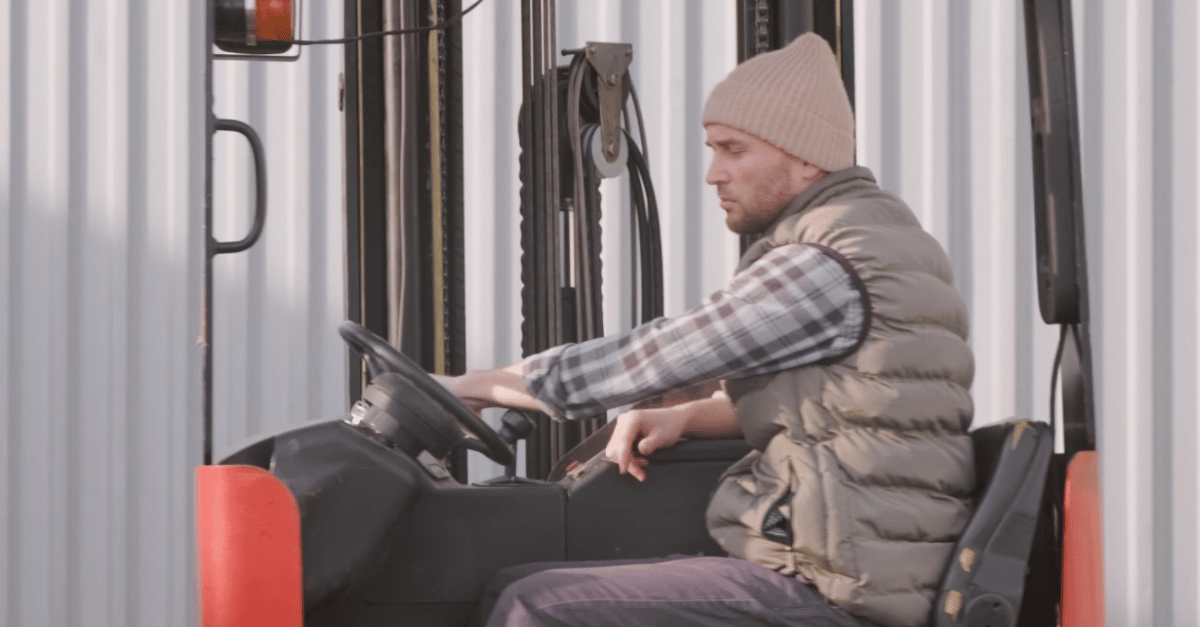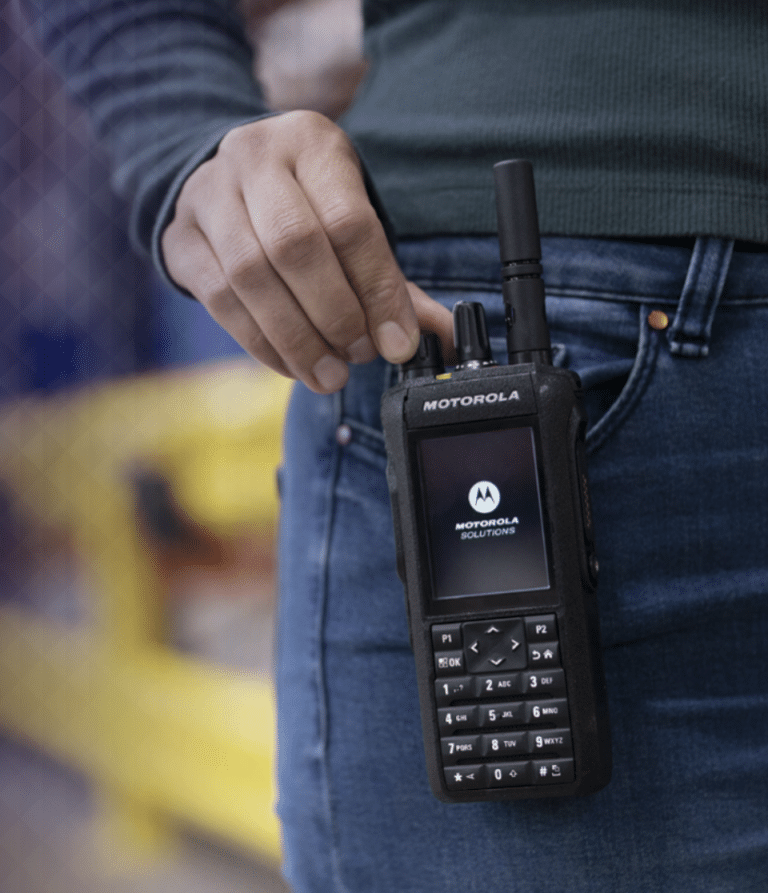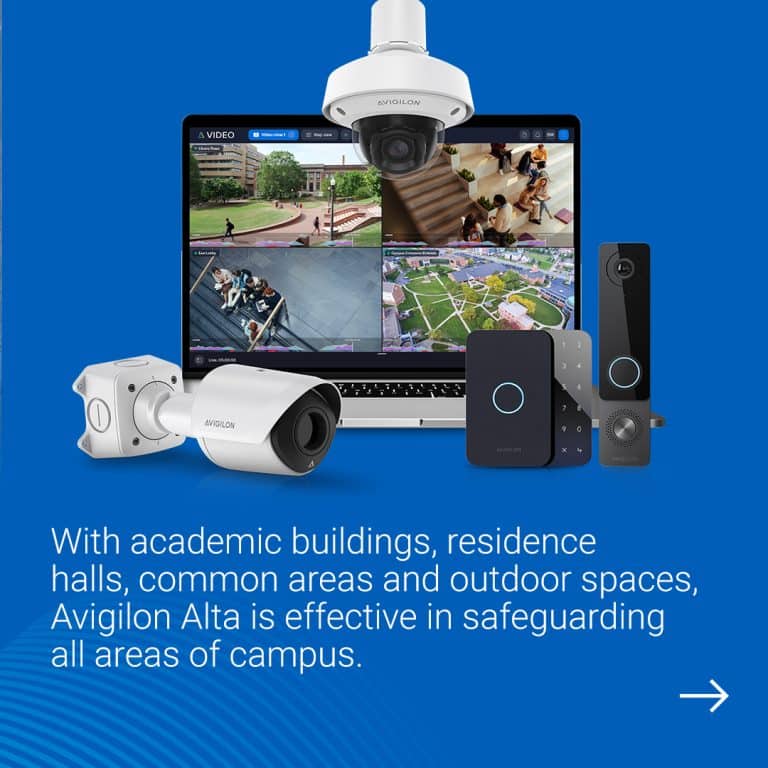While demand for cold chain logistics heats up in Kansas City, storage and distribution facilities are racing to get equipment in place to position themselves ahead of the curve. Good instincts can only get you so far in preparation for work in this highly specialized and regulated industry. Partnering with a reputable technology firm can help you go the distance as you tackle unforeseen challenges bound to come your way.
More Than Extreme Temperatures
Mobile computers, barcode scanners, two-way radios — the list goes on. You’re going to need to investigate all of them, including accessories that may (or may not) work in a freezing environment. Are your current devices built for harsh industrial conditions? Their specifications display acceptable operating temperature ranges but don’t assume that’s all you need to know.
“It’s a common mistake,” says Mike Markham, Commenco’s Director of Technology Solutions. “Many managers diving into cold chain logistics know they’re going to need different devices than they use for dry storage. But they’re only thinking about cold ratings and that’s just part of the equation. The biggest issue is condensation.”
Condensation is a device killer. It can form on just about any material or component. Even if your equipment is operating within acceptable temperature ranges, sudden fluctuations in temperature, or ‘temperature shock,’ can result in water vapor that invades an unprotected device. Markham says if you’re working in a cold storage environment, it’s a constant threat.
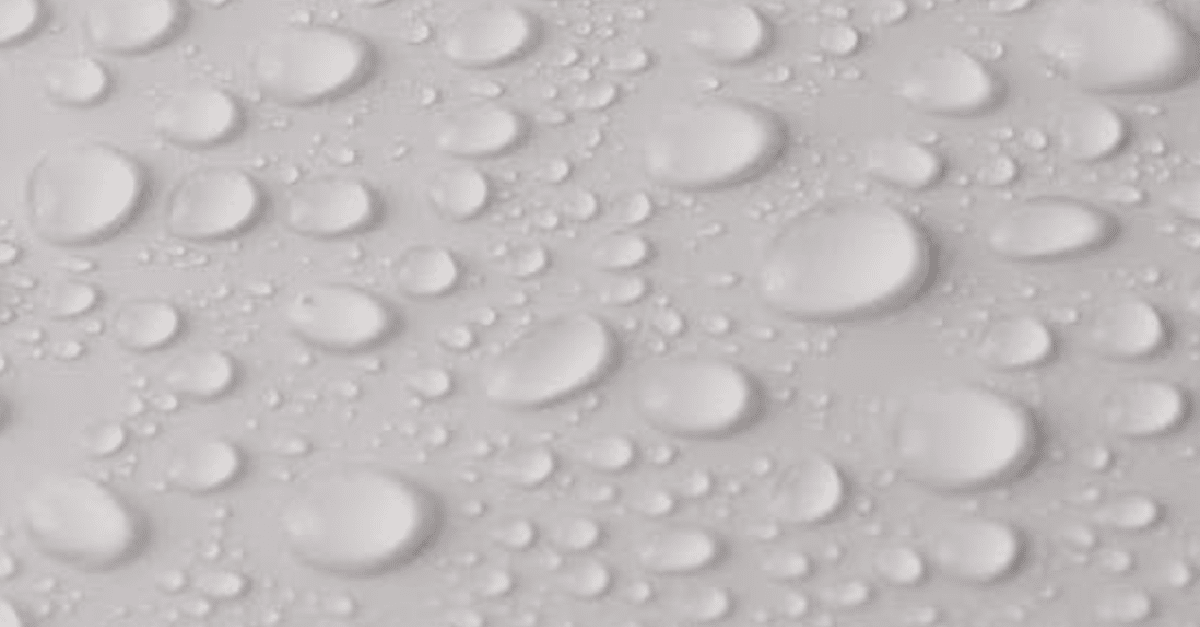
“Let’s say you’re using a mobile computer in a freezer for several minutes and then walk out to a dock where it’s 70 degrees. Your device is cold and begins to heat up with the change in ambient temperature. The change is rapid and condensation forms on your device. Then you go back into the freezer and the condensation freezes. Suddenly your keyboard isn’t working right, or the display is foggy or worse.”
Technology that’s properly ‘ruggedized’ blocks condensation in various cold storage environments. Studying and sorting out different Ingress Protection (IP) ratings is the only way to know how to get what you need for the conditions you’re working in. IP ratings define levels of sealing effectiveness that protects electrical enclosures against cold, condensation, dust, and other things that can threaten a device.
“The ratings are highly technical and cover a variety of specific conditions. Water ratings alone address everything from condensation and spray to short immersion and longer immersion.”
Selecting the right equipment with the right ratings to match your operation’s environmental conditions is something you want to get exactly right. Do your logistics managers have time to sort through and analyze all the IP ratings? Many companies count on Commenco to help them save time and nail down the best choices.
“It’s really something you don’t want to leave to chance,” says Markham. “Temperature shock and condensation can cause expensive problems that slow everything down. And depending on your operating environment, things can get dangerous. It’s better to have a technology partner that can guide you from the start.”
Commenco brings extensive experience to the table when it comes to matching devices with work environments. We know IP ratings inside and out, and cold storage logistics is an area where our knowledge pays off. We’ve helped chemical producers, ballistics specialists, and many other specialized businesses prevent dangerous device risks. “Once we understand how you operate, we can narrow your choices and recommend the best way to go.”
Smart Matches Matter
How you deal with the cold is an important part of your strategy. Having hardware that’s protected from the invasive threats of temperature extremes and condensation is a good start. You’ll also need to consider the best way of powering and positioning your hardware.
Devices like barcode readers, two-way radios, and even surveillance cameras must have reliable power and heat sources to avoid maintenance nightmares. Battery-powered devices require specialized batteries that perform well despite harsh conditions. In certain situations, heat holsters may be a good option. Holsters keep less durable devices warm and help maintain more consistent temperatures for uninterrupted operation.
Markham says you can also leverage other power sources you’re already using.
“Devices mounted on forklifts can be connected in a way that draws power and heat from the vehicle’s battery so you don’t have to worry about the cold draining the device’s battery. And these devices are specifically designed with the driver in mind. They’re set up to help that driver do the fastest, most efficient job possible in the specific way they work, and it really does improve productivity.”
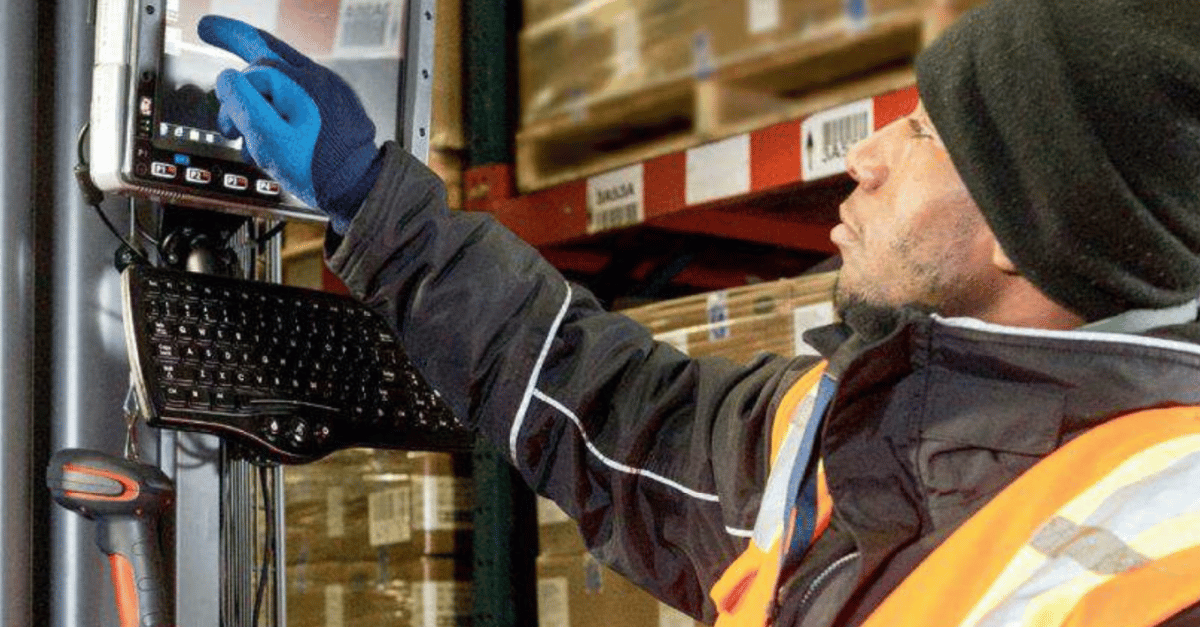
Devices should also match usability realities. Gloves or even mittens are standard gear in freezers and other temperature-controlled environments so workers need devices with larger displays and bigger keyboard buttons that are easy to use without taking gloves off.
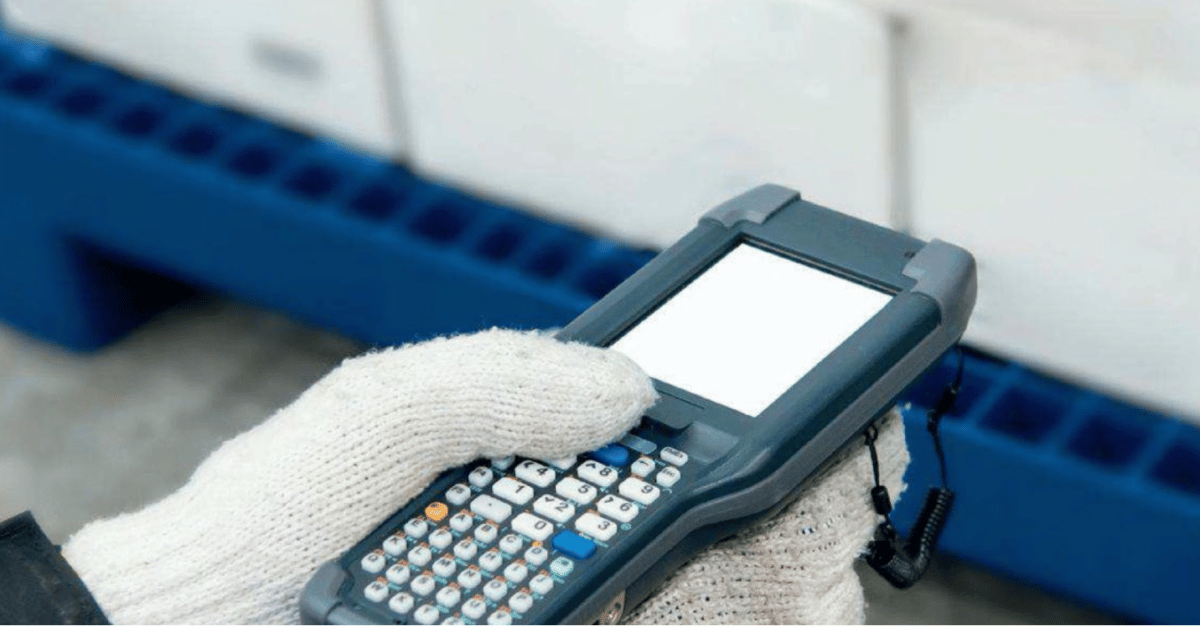
Your network infrastructure matters too. It should match your devices and your cold conditions or you’ll risk dead spots and outages. A smart design will position key components outside of extreme environments and compensate for obstacles that can create dead spots and threaten reliable communications.
“Freezer insulation, liquids, metal doors, and even fluorescent lights can absorb wireless signals and compromise the flow of data your operation depends on,” says Markham. “We can design your system to get around interference from those kinds of sources. But it’s complicated and you’ve got to do thorough testing to get it right.”
While more warehouses and distribution centers turn to technology as the only way to sharpen their competitive edge, cold chain businesses have even more to gain. The right tools make all the difference when you’re trying to stay on top of strict facility regulations. And giving your workforce devices built specifically for freezing conditions does a lot for morale and gives them the confidence they need to compete.

Worried about the cost of an upgrade or a new system? Consider the cost of sticking with the status quo where competitors using more efficient tools can easily knock you out of the game. The truth is, most new technologies eventually pay for themselves and may even help you gain more market share.
Commenco understands the cold storage business well and our team has the equipment and expertise to help you optimize operations and increase your competitive advantage. We are an independent technology service provider not tied to specific manufacturers so we can install, configure, and support all types of wireless devices and technologies. We also operate the largest Technology Solutions Service Center in the Kansas City area and are set up to help your organization succeed.
Explore Equipment and Services for Distribution & Warehouse Facilities>>


